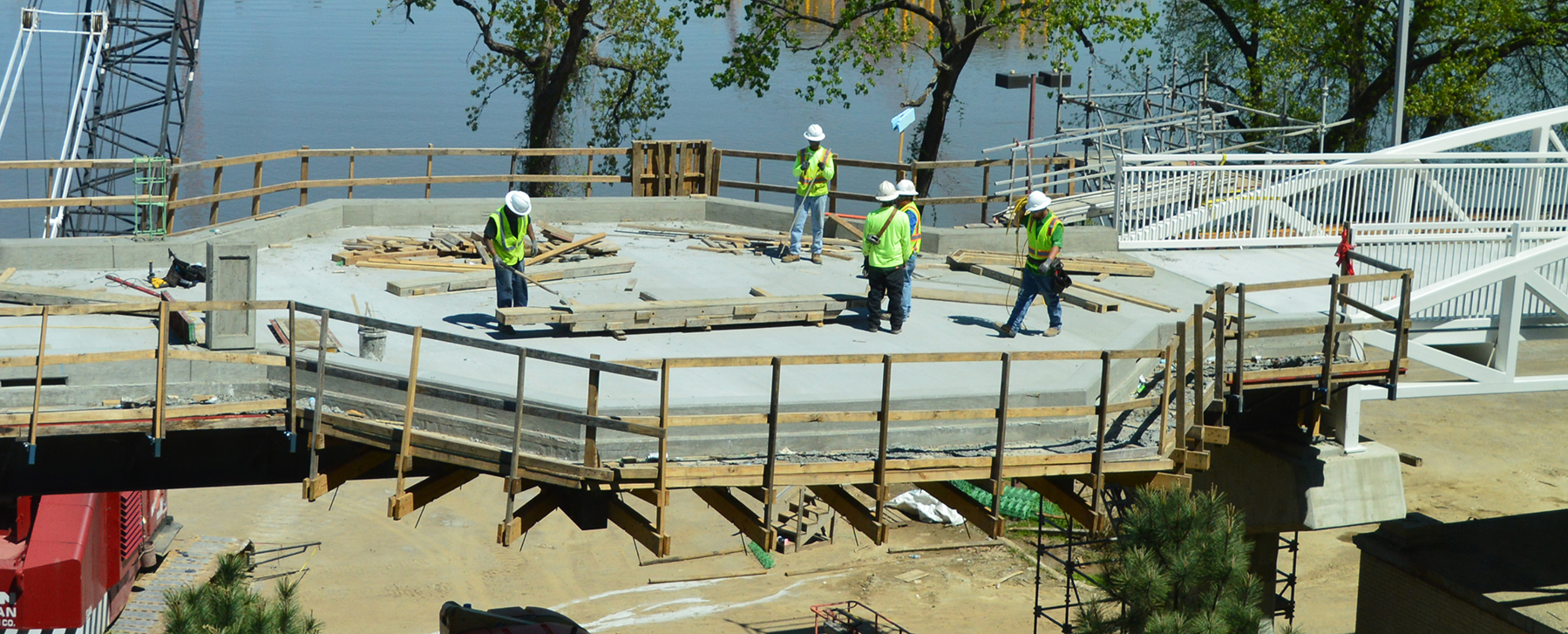2.
Design and implement multimodal corridors based on seven corridor types from the Multimodal Infrastructure Guidelines, for: Connectivity, Accessibility, Safety, Placemaking, and Active Transportation.
Metroplan’s key function is guiding investments in transportation infrastructure. Core Policy 2 recognizes that navigating the region should be easy for all modes. Whether on foot, bike, behind the wheel, or riding transit, residents should expect connected, accessible, and safe transportation corridors that support a healthy, active lifestyle.
How we build infrastructure must complement each neighborhood’s individual character. A “one-size fits all” approach based on a set “Functional Classification System” does not account for similar type streets, like a major collector, that trace suburban residences versus one that crosses a town center. These two environments look and act very differently. Whereas the suburban collector may attract some pedestrian and bike activity, a town center will be teeming with these users alongside transit and private vehicles. This means the infrastructure adjusts to find the right balance to make it safe and accessible for everyone.
Metroplan developed the Multimodal Infrastructure Guidelines to solve the challenge of building in different environments for different travelers. The guide identifies corridor types and establishes design principles for each. The study visualizes corridors that describe the safety and accessibility features, the connections and interactions between modes, and elements that make a street vibrant and healthy. The guide also suggests specific treatments for interacting with transit, needed street amenities, accommodating curbside freight delivery, intersection safety, and traffic signalization techniques. To see the full report, visit metroplan.org/carts-multimodal-guidelines.
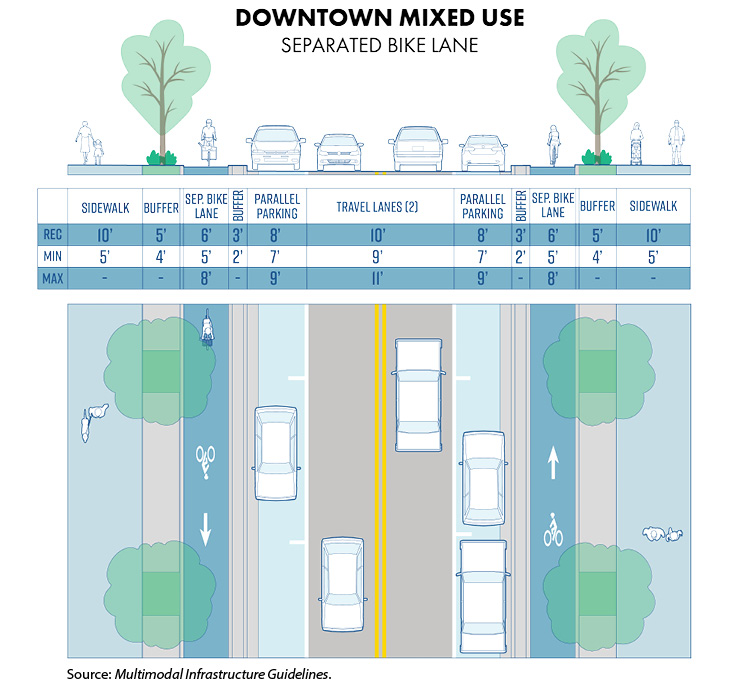
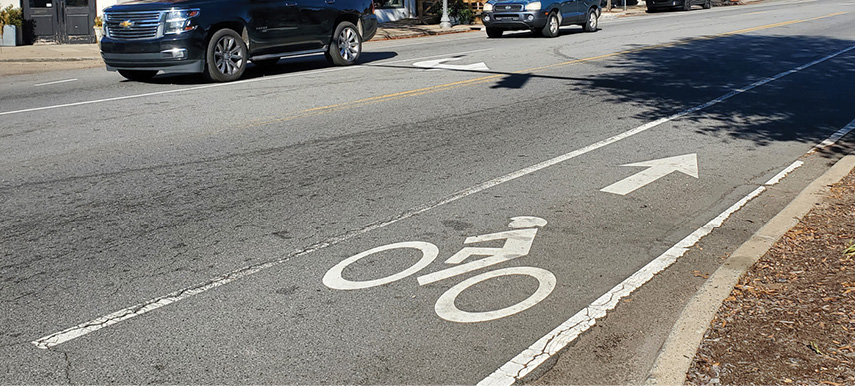
It is possible to move traffic efficiently
at a human scale
that allows for active modes.
DESIGN PRINCIPLES IN THE INFRASTRUCTURE GUIDELINES
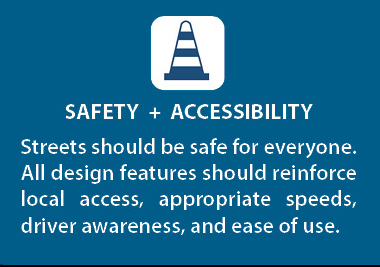
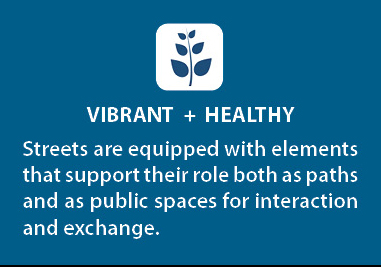
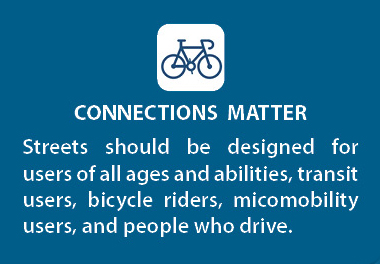
The Multimodal Infrastructure Guidelines establish character corridors that frame how to apply best specific designs for multiple transportation modes regardless of the street classification.
Table 3.2. Multimodal Infrastructure Guidelines Corridor Types
| Corridor Types | Description | Example Street Classifications |
| Downtown Mixed Use | Most Urban with heavy pedestrian traffic, street parking and diverse business and residential types. | Principal Arterial Minor Arterial Collector Local Street |
| Town Main Street | Denser commercial heart of a small town over a few blocks. | Principal Arterial Minor Arterial Local Street |
| Suburban Residential Connector | Connect multiple neighborhoods, employment and commercial areas and accommodate cars, walkers, bike riders, and transit. | Minor Arterial Collector |
| Urban Residential | Neighborhood streets that support low intensity localized travel and enhance residents’ quality of life. | Local Street |
| Suburban Commercial | Wide, high speed roads with commercial development, distance between intersections, and driveway access. Sidewalks often line the street with crossings at intersections. | Principal Arterial Minor Arterial |
| Industrial | Accommodate large truck traffic, loading, and distribution needs of industrial businesses. Usually found away from downtowns and residential areas. | Varies |
| Rural Street | Connect small communities over longer distances. Wide paved shoulders can accommodate bike riders and pedestrians. | Principal Arterial Minor Arterial Major Collector |

